Braziers: device features and types of structures
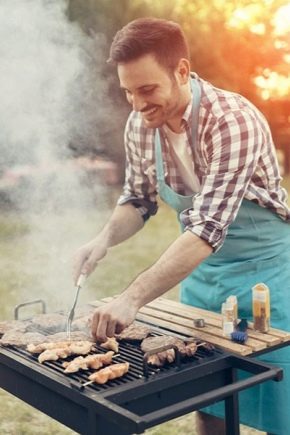
The summer season is not complete without outdoor picnics. And where there is a picnic, there is shish kebab, smoked fish, baked vegetables and other delicious dishes made from fresh products. None of these dishes can be prepared without a good grill.
But the barbecue is different. Different types of designs determine the features of the device and its function. The more complex the design, the more possibilities it has, therefore it is important to take the choice of the barbecue seriously.
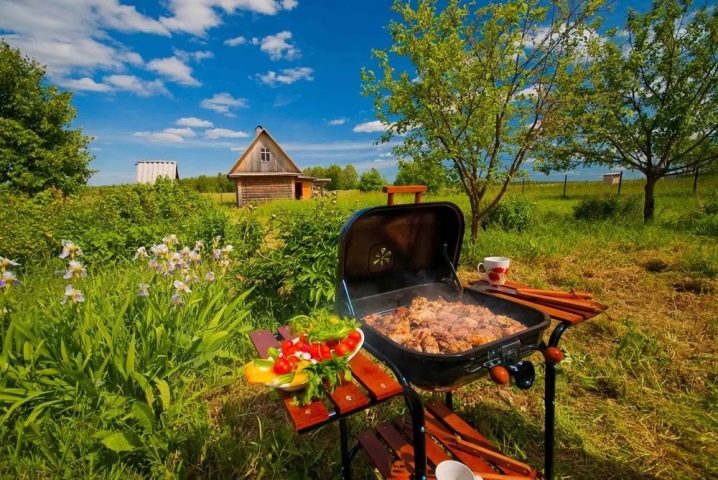
Peculiarities
Many summer residents believe that a brazier is an indispensable attribute of outdoor recreation, but few give a clear answer to the question of what it is and how a real brazier looks like. Here, everyone has different ideas: a barbecue is a steel structure for skewers or taganoks, they confuse it with a barbecue grill and grill.
Varieties of barbecues can be summarized as a brazier for cooking. Structurally, barbecues differ from each other, but they also have common elements. They appeared in the very first species, although the question of the origin of this adaptation remains controversial.
Some believe that this is an invention of the Americans, others attribute it to the eastern peoples, and still others claim that the brazier appeared in the 7th century BC in Egypt.
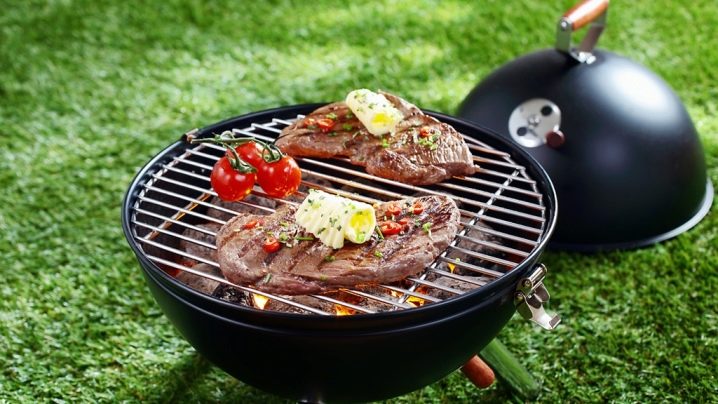
The materials for the manufacture of old barbecues indicate that the invention is still oriental. It consisted of a stand and a bowl-shaped reservoir for firewood and coal. There were grooves on the sides of the tank to hold the grill and smoking attachments preceding the skewers and barbecue grill. The brazier was closed with a lid, on the side it had handles for carrying.

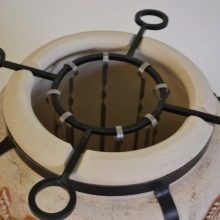

The modern brazier is an improved model of the old oriental brazier.
It has its own characteristics:
- This is mainly a street attribute of a country house or summer cottage. It is installed in a recreation area, protecting it from wind and rain.
- A high-quality barbecue is a complex and heavy construction, under which a small foundation must be poured so that it remains static.
- Garden grill can be static and portable, factory and homemade.
- The device is used for its intended purpose mainly in warm seasons, because at this time outdoor recreation is considered the most comfortable, but the brazier can be used with the same success in winter.
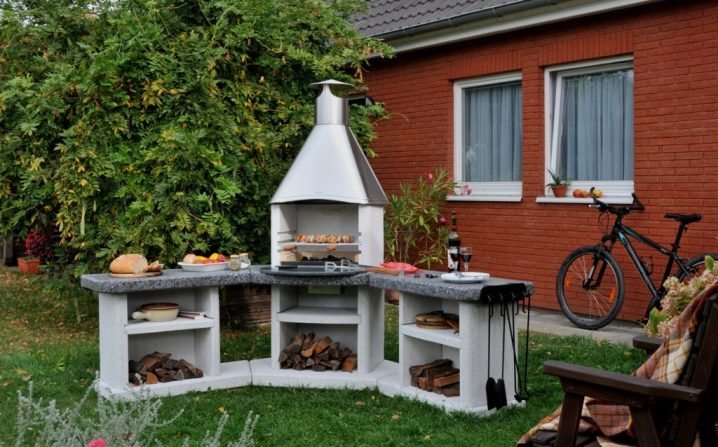
- The method of cooking on the grill is unique and healthy because the food is cooked without oil. The meat turns out to be juicy and tender after pickling, and vegetables do not have time to lose their beneficial properties and vitamins until they acquire a crispy crust.
- You don't need any special culinary skills to prepare delicious meals.
- With the help of the barbecue, food can not only be cooked, but also warmed up in the field. This is convenient when there is no electricity at the dacha, as well as when hiking and at a picnic.
These are weighty arguments in favor of a solid summer cottage barbecue.
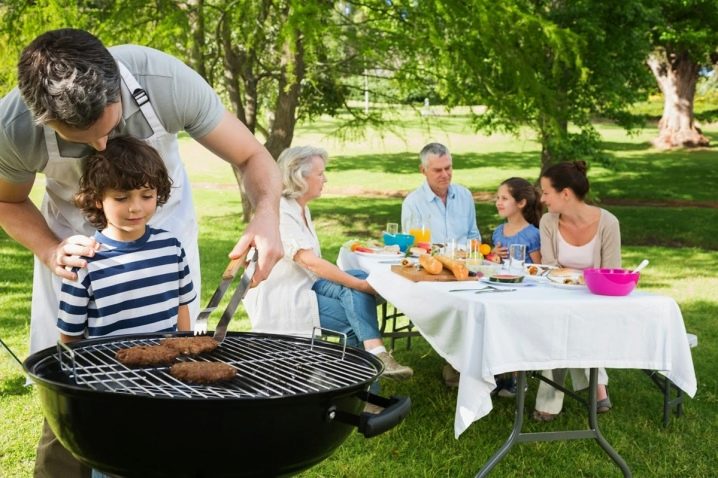
Principle of operation
The secret to healthy, flavorful and delicious brazier food lies in the way the food is cooked.
For different types of dishes, this principle is slightly different - some are cooked over fire, others on coals. Some of the dishes must be cooked in a sealed container, and some - directly over the heat of the coals.
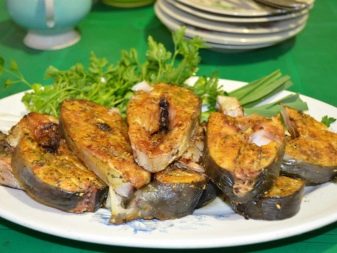
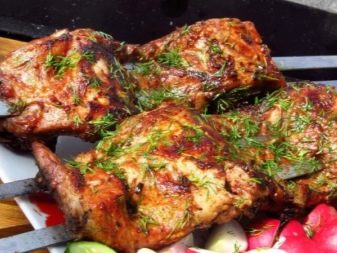
The principle of cooking on the grill is often mistakenly referred to as “on an open fire”. This is not true. There are several factors that contribute to food preparation:
- Intense heat radiation from glowing coal. Despite the fact that it seems to many that the temperature is not high enough, it is about 1000 K, which is equivalent to 700-800 degrees Celsius. This is a lot, considering that the boiling point is only 100 degrees. Exposure to infrared heat radiation from coals is considered conditionally severe.
- Another source of heat is the hot sides of the brazier. They warm up no worse than a frying pan on a gas stove - up to 300-400 degrees. The figures are valid for the distance from the top layer of coal to the edge of the brazier. This thermal effect is considered conditionally mild and speeds up the process of cooking products on the grill.
- Hot air that rises from the fuel. Its temperature is 200-300 degrees. Due to the fact that this air is virtually devoid of oxygen, there are no chemical reactions when food comes into contact with metal skewers or grill grates.
- The condition for the correct "ripening" of meat on the grill is the uniform evaporation of excess moisture. Due to this, kebabs and other meat dishes are not fried, not stewed, not baked, but languished, so they turn out to be juicy and ruddy at the same time.
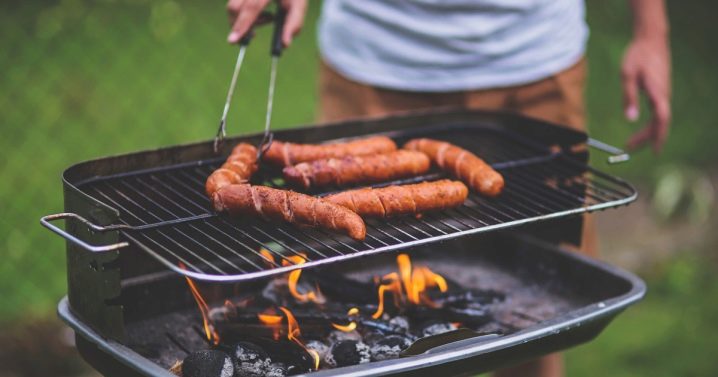
The interaction of these factors is as follows - hard heat radiation heats meat pieces and a layer from onions and other vegetables and promotes the process of denaturation of proteins in meat, soft radiation is responsible for the formation of a golden brown crust, air from coals maintains a stable temperature, preventing the denaturation process from pause, and excess evaporation moisture also rid meat of carcinogens that are formed during the denaturation process.
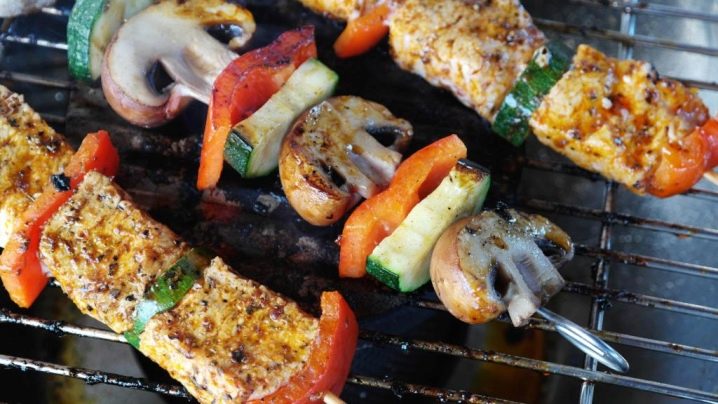
When cooking in a sealed metal pan (smoking fish, cooking and reheating various dishes in a cast iron pan), the heat rising from the brazier replaces the open fire of the gas stove and electricity.
Also, the design often includes ventilation grilles and blowers. They are necessary in order to regulate the flow of oxygen to the fuel. This, in turn, allows you to increase and decrease the intensity of the thermal effect on the products.
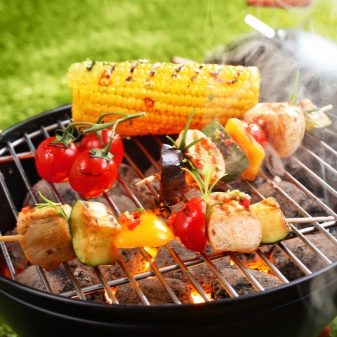
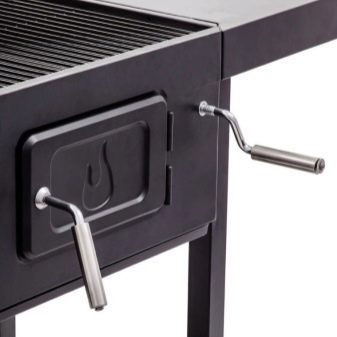
Views
Braziers are divided into several types depending on three criteria: the type of material from which the base and brazier are made, the type of fuel, and the type of construction. Additional factors of difference are the size and design of the device.
In addition, their functions also differ. One brazier is only suitable for preparing barbecue and barbecue on it, while the other copes even with such a difficult task as making homemade cakes. Each criterion deserves detailed consideration.

Manufacturing materials
Modern barbecues are of two types: stone and metal.
Stone they are closest to the prototype of the first braziers in terms of the material of manufacture, because it was from them that the braziers were laid out before the widespread use of metal. Modern stone products, of course, no longer look like primitive small wells with a recess for firewood and spits made of wood or animal bones. They are neat, functional and of high quality.
You can make such a brazier with your own hands or order from a professional stove-maker. By technology, it will resemble a simple fireplace.
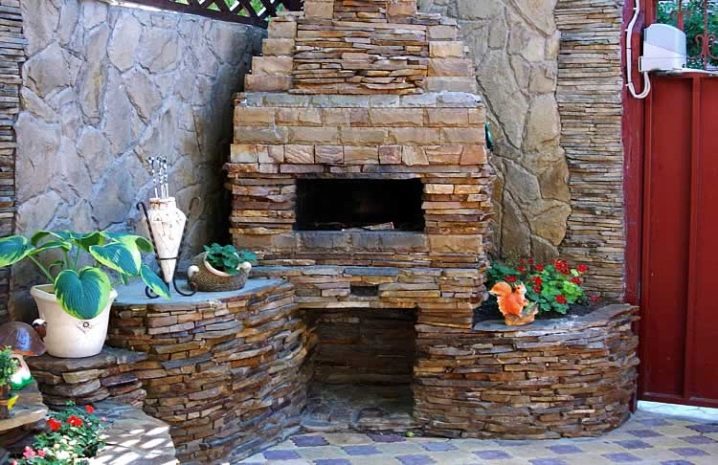
The materials used are concrete, natural stone and brick.
Mangals made of natural stone are a rarity. The construction of such a building is a laborious process, because natural stone does not have the same size and form factor. However, stone barbecues have their advantages: they look aesthetically pleasing, especially if the suburban area is decorated in country chic, eco or rustic style, and the dishes in them turn out to be especially tasty and successful.And if the laying was done conscientiously, such a grill will last at least 20 years.
An analogue of a stone brazier can be made of concrete. The advantage of this material is that it is durable, inexpensive, and can be shaped to the desired shape. At the same time, outwardly, it differs little from natural natural material, although it has all the same advantages.
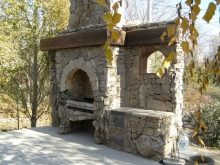
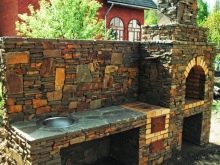
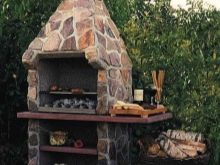
The most common type of stone barbecues is brick products.
Advantages of a brick barbecue:
- simple installation, which is done by hand;
- affordable price for materials, given their small amount;
- despite the fact that outwardly it turns out to be similar to a fireplace, when the barbecue is located on the street, it does not require special permission;
- combines several functions for cooking dishes in different ways: grill, barbecue, smokehouse, sometimes even an oven;
- the brick looks beautiful - you can use both light shades and red;
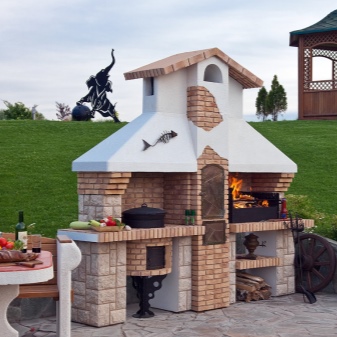
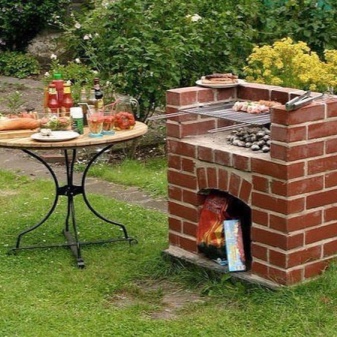
- it looks organically inside the gazebo, where it is convenient to immediately organize the dining area;
- inside a brick brazier, heat is retained for a long time, which is very convenient in order to warm up ready-made dishes, as well as heat the room of a semi-closed and closed gazebo;
- economical fuel consumption due to the ability of a brick brazier to accumulate heat;
- the brick belongs to biostable materials - mold and mildew do not appear on it, it is not covered with rust and is resistant to mechanical damage;
- long service life - from 10 years.
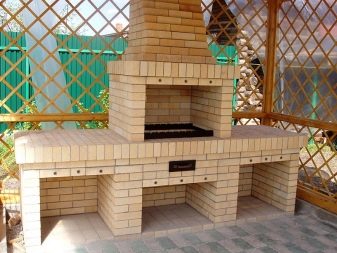

Disadvantages of brick barbecues:
- The construction is static. It will forever remain in the place where it was erected, so it is important to choose the right location inside the gazebo.
- All processes for the construction of a brick barbecue in the aggregate take a lot of time. The foundation alone, which is an indispensable part of the structure, will dry for 2-3 weeks.
- The brick is heavy. It is necessary to mount a foundation under it.
- Like a fireplace, it requires compliance with fire safety rules during construction. This complicates the process somewhat and makes the construction more expensive.
- A chimney must be installed.
- Not all types of bricks are suitable for building a brazier. Do not use used building materials, hollow bricks, materials with defects (burnt, cracked). The best option is fireclay brick for a fireplace, but it costs more than any other type of brick.
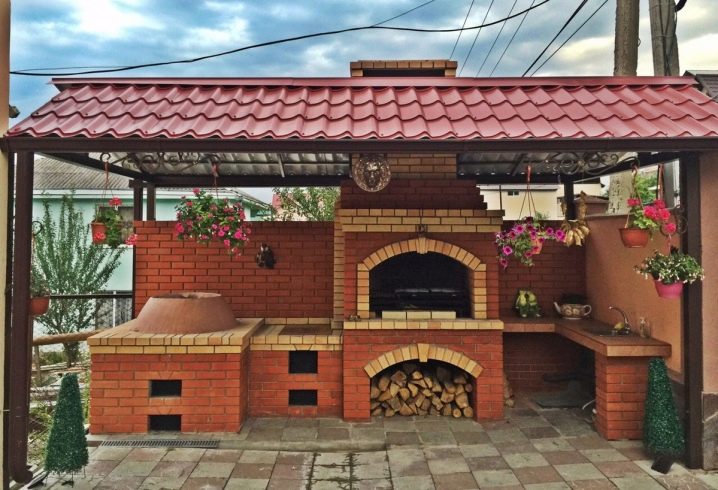
More widespread metal constructions. Their production is well established in our country, so it will not be difficult to purchase a suitable option or order an individual model. And special craftsmen can make it with their own hands.
The materials for the manufacture of metal barbecues are cast iron, alloys with iron and stainless steel. They are made by casting or welded.
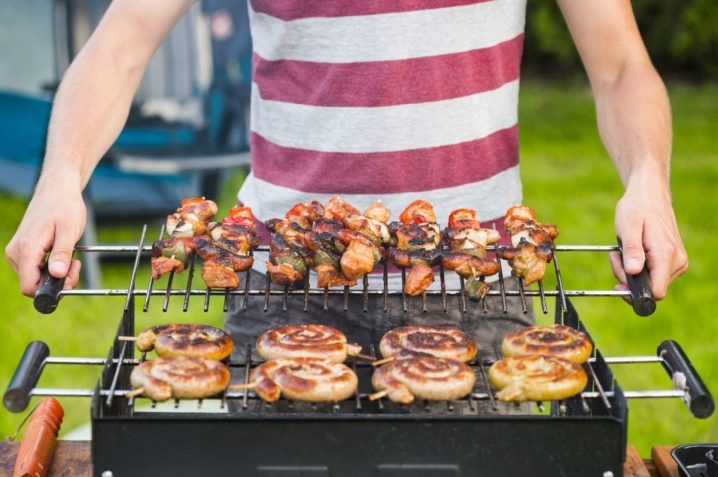
Two types are popular: thin-walled and thick-walled braziers.
Mobile and folding structures are usually made thin-walled. Due to the fact that their walls are formed by very thin iron sheets, barbecues are lightweight, convenient to move from place to place and do not require a reliable foundation for them. The affordable price also makes them popular.
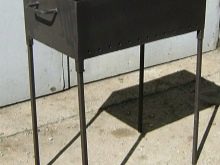
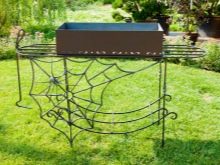
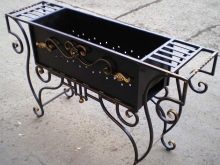
But thin-walled models also have their drawbacks. First of all, it is the impossibility to start a fire directly in the brazier. Technically, this is certainly possible, but not desirable. The material quickly burns out and becomes unusable in just one season. To make the thin-walled brazier last longer, it is recommended to transfer ready-made embers to the brazier.
You will also need to protect the device from moisture - the metal can rust.
Another drawback is the inability of a thin-walled brazier to store heat for a long time. This increases fuel consumption and makes cooking difficult. The compact dimensions of the product are also summed up. Because of them, it is impossible to cook many products at once for a large company and meat can only be fried in small pieces.Do not bake a whole carcass on a spit over such a grill.
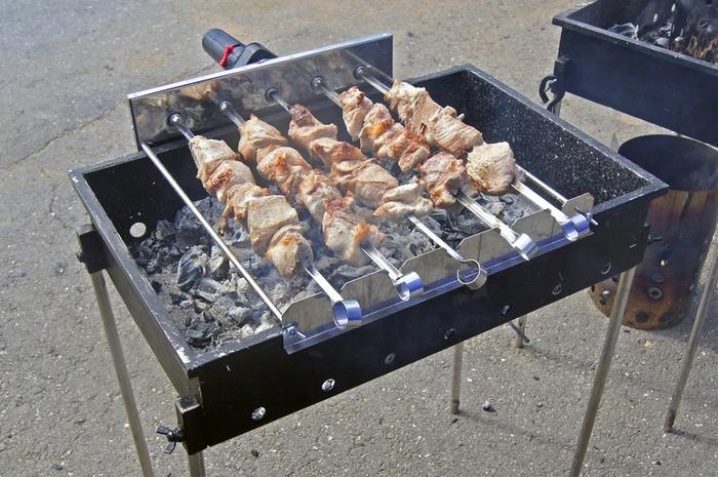
Thick-walled models are quite another matter. They have a large volume, keep heat longer, and are durable. Such a grill will serve in a street environment for several seasons.
The weight of a thick-walled barbecue is much more, as is the price. It is important to think in advance how to use it and where to install it, because transportation will be time consuming.
Cast iron products belong to thick-walled barbecues. This material has high heat resistance, which reduces fuel consumption and has a positive effect on the cooking process. It is also distinguished by its versatility, efficiency, wear resistance, good heat transfer and corrosion resistance. All these advantages are reflected in the cost of products.
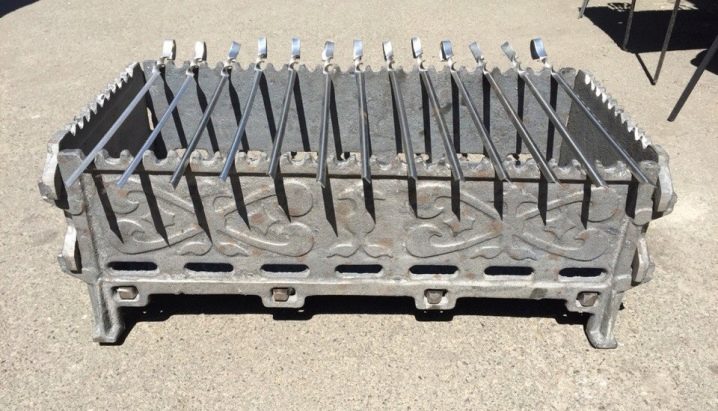
The difficulty of using a cast-iron barbecue lies in the fact that most of all the coal that is located next to the holes through which oxygen enters the brazier is heated in it. This requires a competent organization of the blower and the second bottom.
It takes some getting used to using a complicated design, but it takes some time.
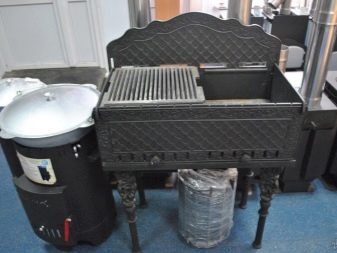
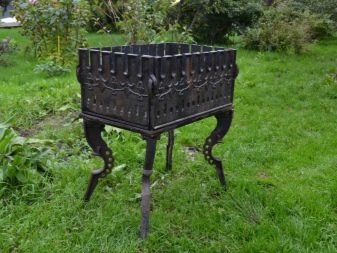
An alternative option is a "stainless steel" brazier. Stainless steel gives the structure some advantages: quality, durability (up to 30 years), wear resistance, no corrosion. The bonus of polished stainless steel is that it can be easily washed from grease and combustion products.
Stainless steel structures are very versatile in design. You can find a lightweight mobile version and a solid brazier with an additional compartment that acts as an oven.
The cost of stainless steel naturally increases the price of a barbecue.
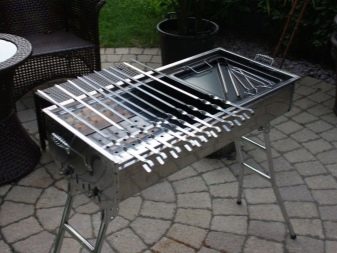
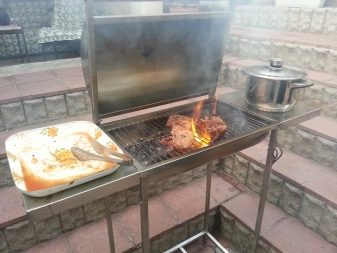
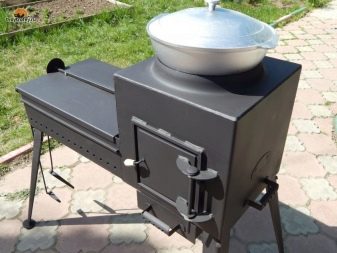
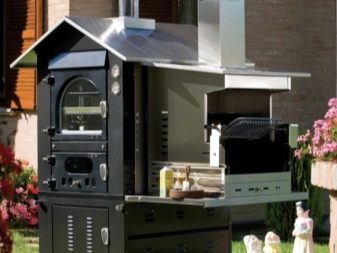
Special mention should be made of professional roasting and smoking installations. Their main purpose is cooking in restaurants, bars and cafeterias, but no one interferes with the purchase of a professional barbecue in private hands. Its advantages:
- maximum ease of use;
- functionality;
- beautiful appearance;
- a coating that facilitates washing;
- thermal protection is a ceramic fiber coating that helps the device "adjust" to the ambient temperature indoors and outdoors;
- food steel is not subject to corrosion;
- you can make a fire in a brazier;
- service life - more than 30 years.
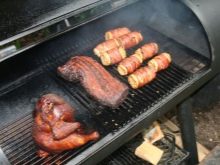
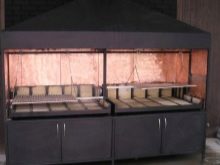
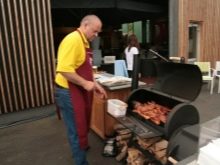
All this makes a professional grill the right investment for a holiday in the country. Not everyone considers this a disadvantage, but for an ordinary gardener, the price of a professional device is very high.
Fuel
The traditional, popular and most demanded is a solid fuel grill with wood. It is charcoal that makes cooking safe and infuses it with a unique "smoky" aroma. In addition, the firewood crackles pleasantly and burns beautifully, and the coals smolder slowly.
However, not all barbecues are equipped in such a way that it was possible to make a fire in them. A stone brazier with a closed firebox is perfect for this, but some types, like thin-walled metal models, will quickly become unusable from an open fire. Firewood is burned for them in a specially designated place, and only smoldering coals are poured into the brazier. Therefore, it is popular and charcoal grill, that is, one where different types of coal are immediately used as fuel.
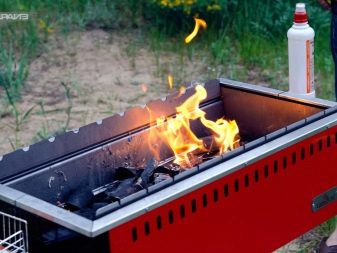
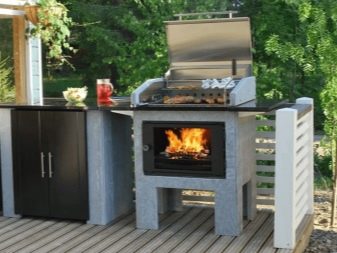
Experienced summer residents who use the grill on vacation recommend choosing birch or oak charcoal. But oak is more expensive, it will take a lot for cooking for a large company, so birch is considered optimal. Coals smolder for a long time and they have a high efficiency.
Often, instead of birch, producers try to sell softwood coal. It gives off bitterness and is generally not very suitable for cooking.
It is very easy to distinguish birch charcoal from pine charcoal - on the anthracite surface of birch there is a shine, a reflection of the sun, and softwood charcoal is matte, without shine.

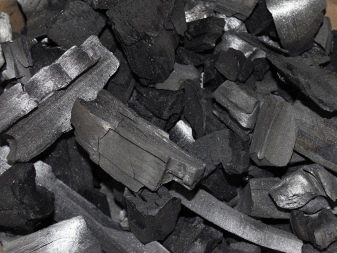
It is worth purchasing coal with the A marking - the highest class.One kilogram is enough to fry 3-4 kg of meat. This makes coal an economical and versatile fuel.
If you choose firewood, then you should also give preference to birch.
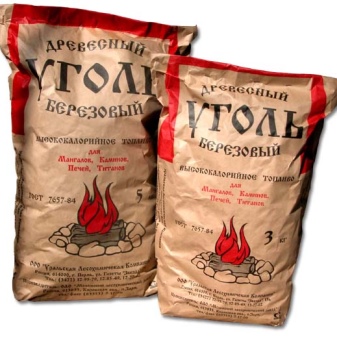
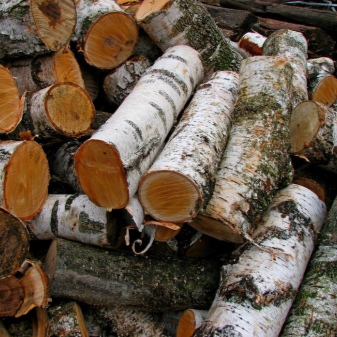
More modern models of barbecues can be electric or gas.
A gas grill with the functions of a grill, barbecue, smokehouse does not lag behind in its characteristics from a solid fuel grill on wood or coal. In many ways, it differs from the traditional brazier and has its own characteristics:
- Gas barbecues are predominantly of a professional type. They are installed in cafes and restaurants, so the cost of a large barbecue with various functions will be rather big.
- Gas is a potentially hazardous fuel. Incorrect connection of the cylinder to the brazier can cause a leak and lead to an emergency. To avoid this, it is advisable to choose a ready-made option, where the gas connection unit and the entire internal structure of the barbecue are carefully thought out and assembled with high quality.
- The gas brazier does not use the same gas that runs throughout the house. You need to purchase balloon gas for it.
- Different models run on different fuels. Some - from methane, others - from liquefied gas, others are adapted to several types of fuel.
- The frying surface is of two types: smooth and corrugated. There are combined models, the price of which naturally rises one and a half times.

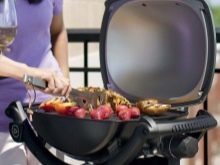
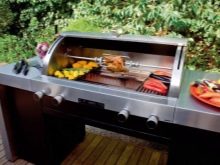
A smooth surface is chosen for poultry, fish dishes and seafood. They contain little fat, it melts in the first few minutes and remains on the smooth surface as a protective layer. Due to this, low-fat foods do not burn and remain juicy.
The corrugated surface is more suitable for cooking thick meat steaks and kebabs.
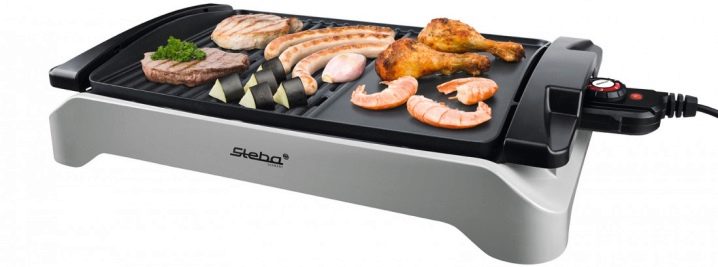
In addition to the features of a professional gas barbecue, it has pros and cons.
The list of advantages is quite convincing:
- The frying surface heats up in 5-10 minutes. Tedious waiting for a barbecue for several hours is not about a gas grill. Dishes can be cooked quickly and can be started immediately after switching on.
- The device is multifunctional. You can cook barbecue, steaks, fish, vegetables, non-meat dishes.
- There is no need to prepare firewood for coal.
- The design is a form of modern technology, and like many of them, it provides two useful functions: auto ignition and emergency shutdown. You can start the process of heating the frypot with one button, and in the event of a malfunction in the system, a “smart” function will work, and the gas supply will be shut off.

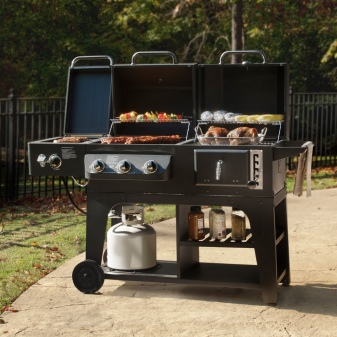
- Gas is a cheap fuel. It is more profitable than firewood, coal and electric motors.
- The presence of temperature regimes makes it possible to regulate the level of heat during cooking with an accuracy of a degree.
- The design provides for several burners and heating zones. This makes it possible to simultaneously cook meat at the highest temperature, vegetables at medium, and maintain the temperature of ready meals at the lowest.
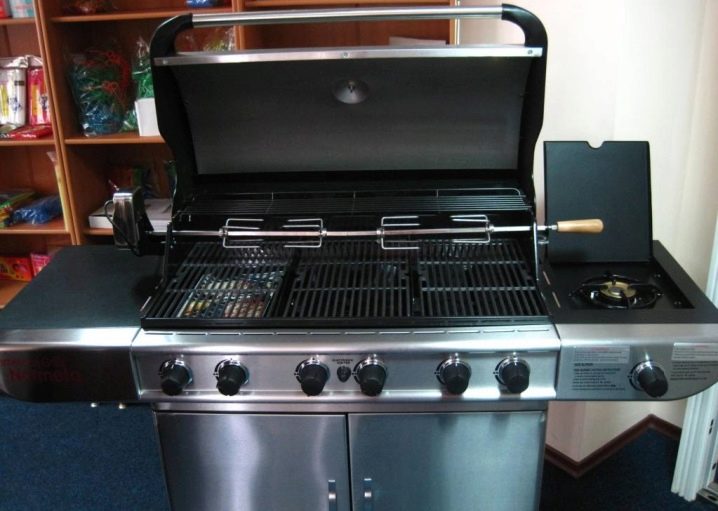
- The design looks beautiful and retains its appearance for many years.
- There is a thermal protection layer and a coating that makes it easier to wash the grill.
- Materials used are wear-resistant and non-corrosive.
- The manufacturer gives a 5-10 year warranty. But a gas grill will last just fine for 30.
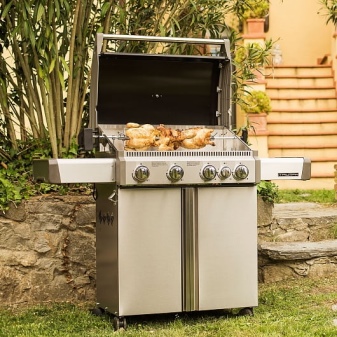
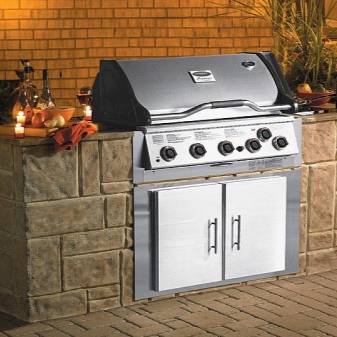
There are few disadvantages to a gas grill. The main problem is that it is difficult to assemble it with your own hands, and a ready-made factory model is quite expensive. In addition, the very method of cooking causes dissatisfaction among many outdoor picnic lovers. The dishes lack the characteristic aroma and taste that should appear on a real grill.
Another modern type of braziers are electric models. However, their principle of operation, appearance and "culinary abilities" are much closer to the stove and home grill, so they can hardly be called barbecues.But electrical models perform some functions with a bang. They do a great job of grilling and barbecuing.
Also, the skewers rotate automatically, so the meat is cooked evenly, without burnt barrels and raw center.
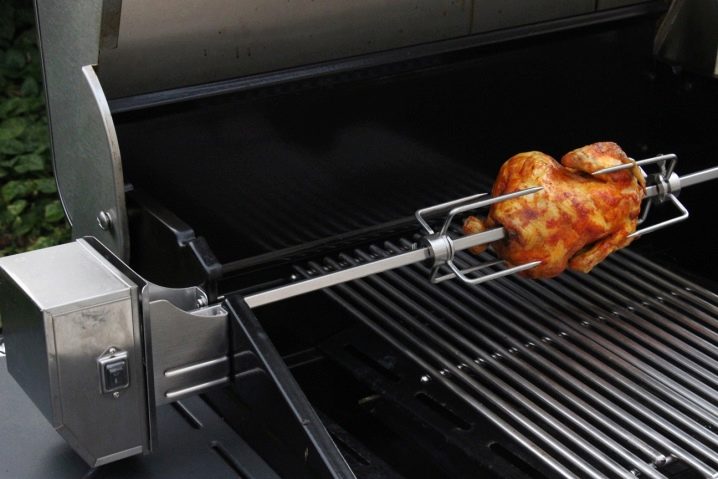
There are two types of electric grills: contact and non-contact.
There are two contact frying surfaces - top and bottom. From the bottom, the food to be cooked is placed directly on the frying surface.
This is very similar to the operation of a sandwich maker or a waffle iron: meat is placed on one hot element, and it takes root in the second.
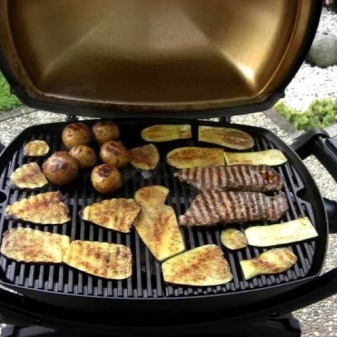

Contact braziers have several advantages: the dish is cooked twice as fast, products can be placed over the entire frying surface. It warms up evenly and gives good results.
Non-contact models are more like a traditional grill in terms of operation. The products are cooked in them for a long time, the meat needs to be cut into pieces of a certain thickness so that it is baked inside too.
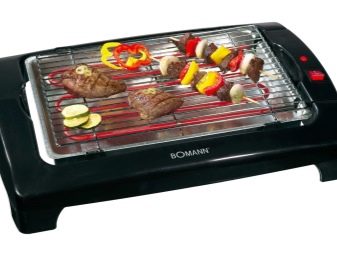
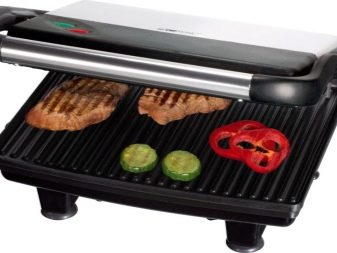
Electric barbecues are modern, lightweight, mobile, convenient for those who primarily appreciate quick results and beautiful appearance of equipment. The price range ranges from budget to premium models.
There is no question of crackling firewood in a fire for coals in a brazier, barbecue "with a smoke" and a variety of dishes. The models have limited functionality, while electricity is the most expensive type of fuel.

Constructions
A solid, multifunctional and easy-to-use brazier consists of a large number of elements. For the brick and steel version, they differ slightly, there are also differences among stationary and portable models, small and large devices.
Conventionally, according to the type of construction, three types can be distinguished: portable, stationary and universal.
Portable
Of all the existing models, this is the simplest grill. The minimalist design and limited functions are explained by the fact that the mobile grill should be light in weight. All the additional elements in the form of a roof, grease collector and similar improvements would make the structure too heavy to transport. The maximum where it could be moved is from the sun to the shadow and vice versa. Here we are talking about broader opportunities for movement with a barbecue. For example, take it with you on vacation in the forest, by the lake, in the country.
Portable barbecues can be foldable and solid. Folding models have an assembly system, like the parts of a designer, and fragments of one-piece models are held by means of tenon-groove fasteners or welding.
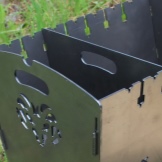
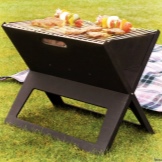
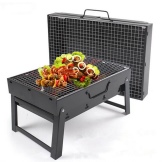
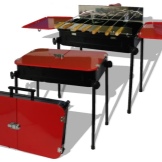
The second option is preferable. Welding extends the life of the structure by at least one season.
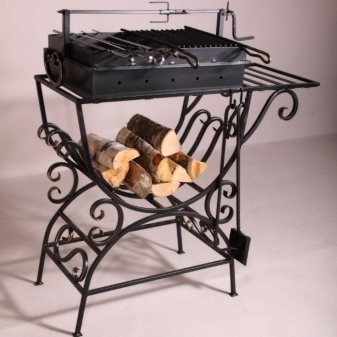
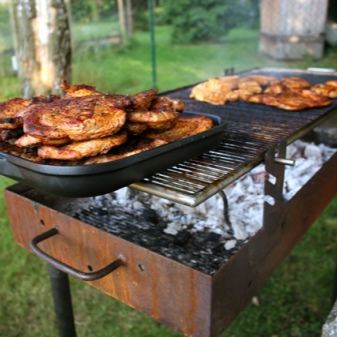
The very same design of mobile products is as simple as possible. They say that "brazier" in translation from one of the eastern languages means "basket of coal". Something like this a simple brazier looks like: a small or medium-sized metal casing (brazier) on stable legs. There are holes in the walls of the casing to securely fix the barbecue grill and skewers. There may be ventilation holes on the bottom of the casing.
They are necessary for the flow of oxygen to solid fuel, so that the coals smolder well and give off heat.
Some models have a cover for the casing. They can be used as a primitive smokehouse or keep dishes hot, but the portable grill is mostly barbecue.
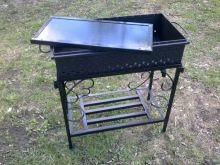
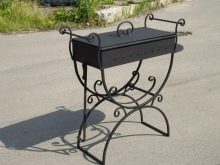
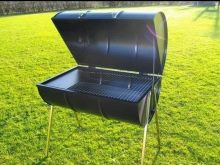
Pros of a portable barbecue:
- convenient to transport in any transport;
- quickly assembled from several fragments;
- the entire space inside the casing warms up, heat is evenly given off during cooking;
- is cheap.
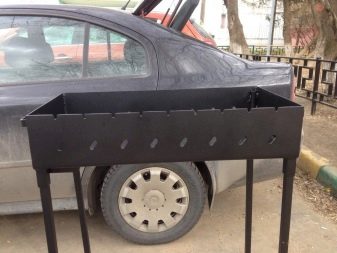
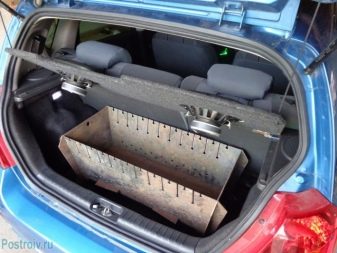
Disadvantages of a portable brazier:
- serves only a few seasons, then the bottom of the casing wears out due to constant contact with coal;
- small size does not allow cooking in one go for a crowded company;
- the temperature is not regulated during cooking;
- limited functionality, but for a portable device, the ability to smoke, fry and bake on one brazier is not so important, because they go to nature not for culinary delights, it is enough that you can fry a barbecue, kupaty or fish;
- small height of the legs - frying the kebab while standing and not bending over will not work.
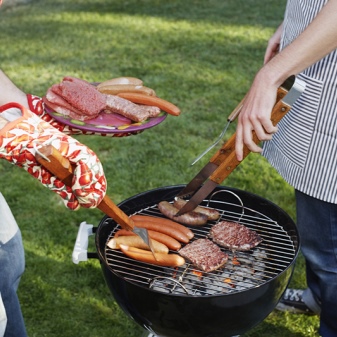
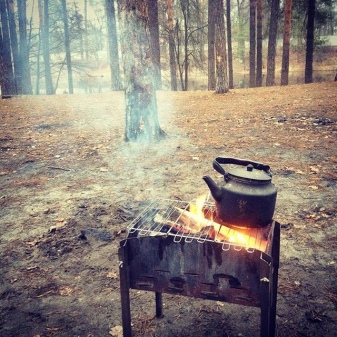
Almost all the disadvantages are true for the portable model with gas fuel, but its durability is measured in more than two to three seasons. Also, the gas grill is safe to use indoors. In cold and rainy weather, barbecue in the country can be done inside the house, in the kitchen, on the terrace or on the veranda. If desired, even in the dressing room.
Electric barbecues that operate from an outlet can only be moved within the reach of the electrical connection.
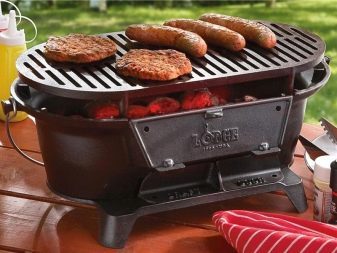
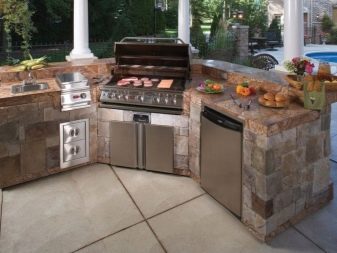
Stationary
The design of a non-mobile barbecue is much more complicated than a portable one. In the brick and metal versions, it is very different.

A brick brazier is very similar in structure to a fireplace with a closed firebox. There are similarities in both external and internal parameters. The construction of a brick stationary barbecue consists of the following elements:
- Foundation base. Without it, the heavyweight structure will not last long, so it is important to arrange the foundation in accordance with all the rules and safety measures. The base must be waterproofed so that the masonry does not collapse in winter and when the seasons change.
- Shantsy. This is the so-called podium, on which the firebox itself is installed - the main structural element. The podium is usually made with a double bottom - this is an ash pan. It collects all the waste of spent fuel. The ash pan is removed so that it can be periodically cleaned.
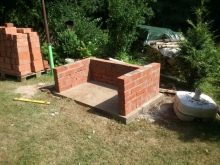
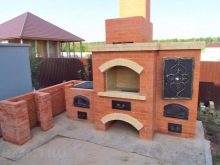
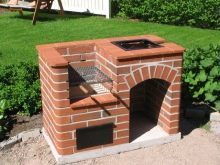
- Under for the firebox. It is made from refractory materials, fireclay board, for example.
- Firewood or firebox. A compartment in which firewood is burned, releasing the heat necessary for cooking. In the construction of a brick barbecue, it is a steel casing "built into the body" of an outdoor stove.
- Grease collector. This is another pallet, like an ash pan, which must be pulled out from time to time and cleaned of grease and combustion products.
- Blower for air circulation.
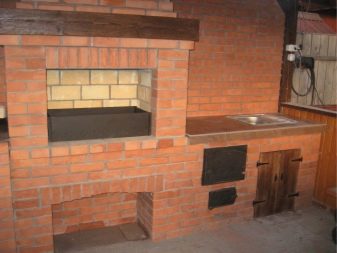
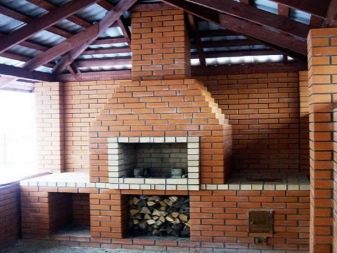
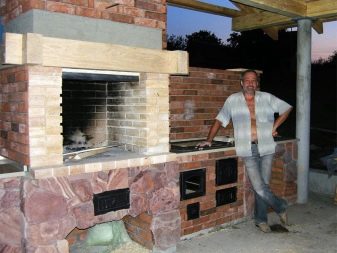
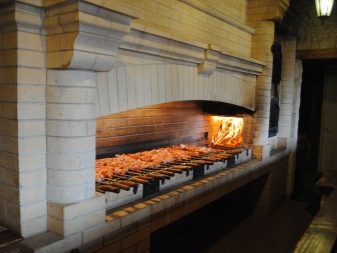
- Chimney. Since this type of grill must be protected from adverse weather conditions, it is installed in a gazebo or recreation area. A roof is required. The chimney must pass through it to the outside.
- Additional elements: grate, blower, fittings, firebox door, cover for the casing.
- An additional compartment is often found - an oven.
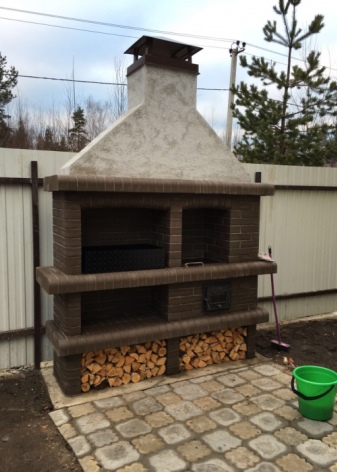
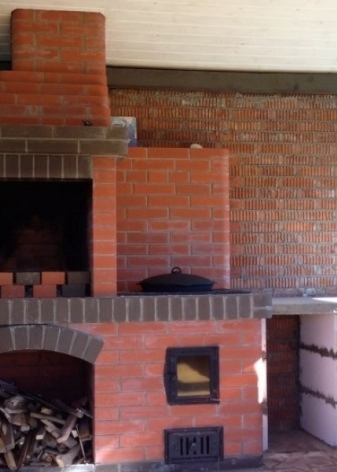
Universal
A multifunctional indoor grill is considered universal, which is suitable not only for frying barbecue in the spring-summer period, but also copes with the functions of a barbecue, grill, smokehouse, and cooking various non-meat dishes.
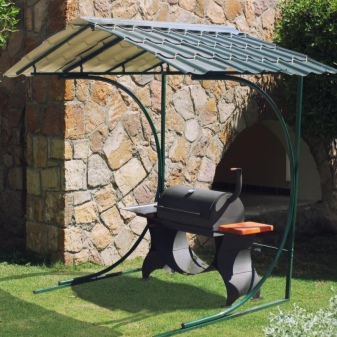
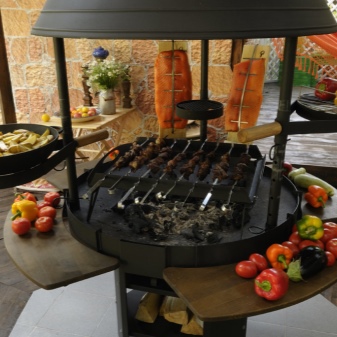
Among the brick structures, this is a good brazier with a lid plus a closed firebox used as a traditional Russian stove or an attached tandoor.
Tandoor is a round oven of a special design. With a high-quality performance, it could even replace the brazier.
In the tandoor, you can not only cook barbecue, but also bake flat cakes, pies, vegetables, fish.
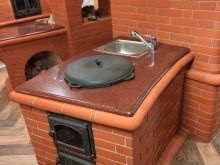
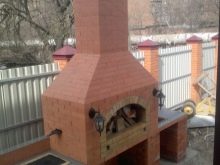
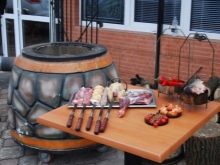
Among the metal structures, it is worth highlighting professional gas barbecues with a combined frying surface (smooth and corrugated), several burners, a smokehouse, a barbecue grill and skewers in the kit.
In addition to standard solutions, it can be equipped with a skewer for frying meat for shawarma, a wok (deep thick-walled pan for preparing Asian dishes), a cauldron.
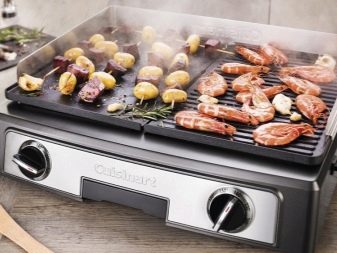
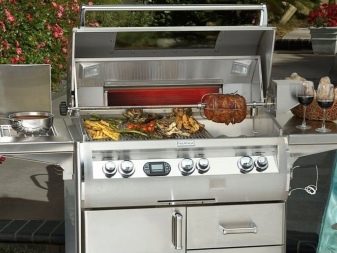
Dimensions (edit)
When it comes to the overall parameters of the barbecue, this primarily refers to the size of the brazier.
It is not difficult to calculate its length, width and height - using a standard size skewer. Its length is 40 plus or minus 2 centimeters. On such a skewer, 5-6 pieces of medium-sized meat are placed.The distance between the skewers should be about 6 centimeters. For a family of 4, 5 skewers are enough in one go.
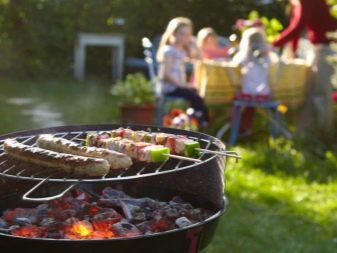

It turns out that the width of the brazier should not exceed 40 cm, and the optimal length is 45-50 cm. For a stable company of 6 or more people, you will need a long brazier for 8-10 skewers. It is important to take into account that it is hardly possible to transport such a structure, and during cooking you will have to move from place to place in order to turn over each skewer. The length of such a problematic barbecue, but convenient in that you can cook a lot of barbecue at once for the whole company, will be about 60-100 cm.
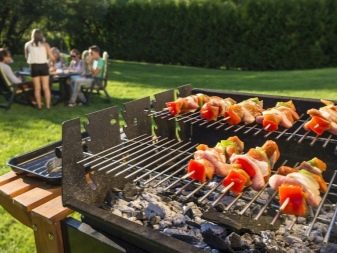
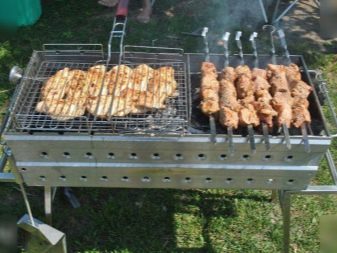
Calculating the depth of the brazier is a little more difficult. Here it is worth relying on the experience and recommendations of experienced summer residents.
As practice shows, the depth of the brazier, at which the meat does not burn and the fuel is not wasted, is 15-20 cm.
If the depth is shallow, the dishes will dry out, and if the brazier is too large, the heat may not be enough to make the meat "ripe".
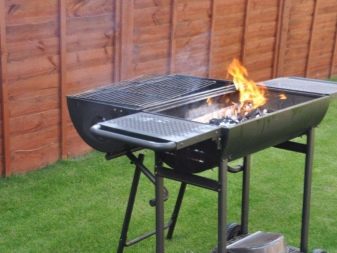
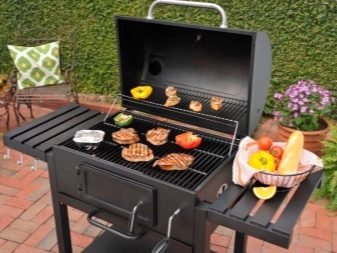
Another important parameter on which the convenience of transportation and cooking depends is the overall height of the structure. The optimal height is considered to be a brazier, the brazier of which is 1 meter above the ground. But a small mobile brazier will look like an awkward swaying structure if you put it on meter-long legs. For stability and aesthetics, legs are more suitable for him, about 50 cm.
A large brazier in a stationary state can afford any height. When building it, you need to focus on the growth of the one who will cook regularly. If the person is tall, then the brazier is placed above the level of 1 meter, if not high, then 1 meter will be quite enough.
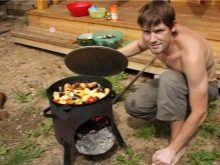


Design
A useful household device doesn't have to look boring. Let the unsightly rectangular braziers with ventilation holes on straight legs remain a thing of the past, and it's time to put a modern original model on your site.
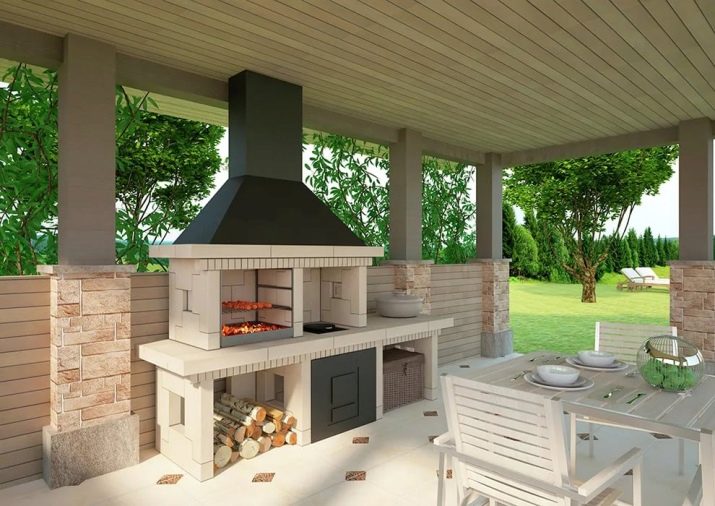
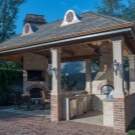
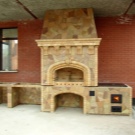
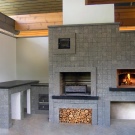
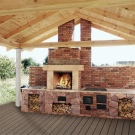
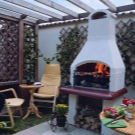
The design of stone barbecues is less variable than the design of metal structures. This is due to the fact that the color range of the material (mainly brick) is limited to shades of red and beige, and not everyone can afford to revet the structure with ceramic tiles.
The classic of the genre for a stone barbecue is stylized as a traditional Russian stove or fireplace.


When simulating a stove, a beautiful wrought-iron door is installed on the firebox; next to the barbecue, you can place oak furniture, textile accessories in the Russian style, samovars, pots and hooks.
The fireplace requires a more noble setting. An imitation of a marble portal from cheaper materials, a carved wooden mouth, mosaic looks beautiful.
Some craftsmen trim stone barbecues with colored glass or shards of ceramic tiles.
Facing with small details by hand is very time-consuming, but this is how exclusive models with a touch of individuality are obtained.
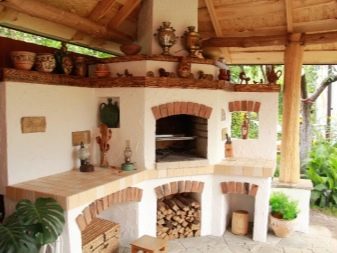
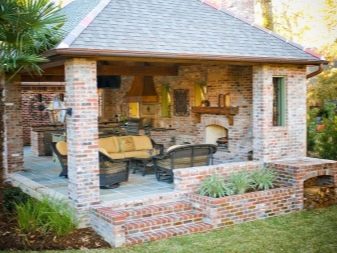
Much more room for imagination opens up when decorating metal structures. Metal is malleable in processing, it can be given any shape, including complex artistic forging. It can also be painted with flame retardant paints, applied with a pattern, or made a single color coating.
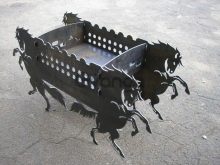
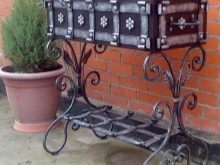

A common theme is to paint a blazing fire on a brazier, paint it with colored patterns.

Suitable for various DIY (do it yourself) decoration. This is the embodiment of original ideas with the help of things that have already served their purpose.
The first method looks more restrained, it is interesting, but relatively calm. The second way is the manifestation of creativity and skill.
In addition, hand-made things are a modern trend in the design of any area indoors and outdoors. At the same time, decorating the structure by hand will be cheaper than ordering a design project.
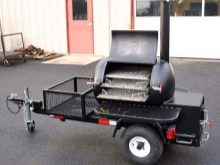

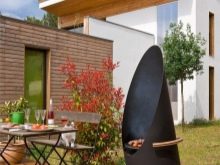
For example, a brazier, converted from the trunk of an old car, looks very original. It is desirable that the model is really old and rare. Then you get the desired retro effect.

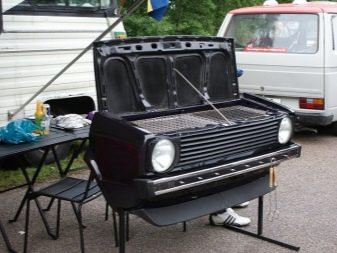
A brazier from an iron barrel is simply made and looks great. The brazier turns out to be beautiful like an open suitcase.
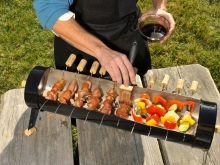
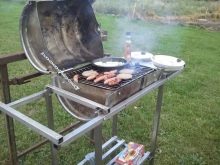
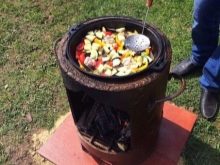
The original brazier-train, brazier-auto, carved brazier, chest.
For metal barbecues, it is important to combine colors in forging. Most will be black, but some details can be done in gold and silver.
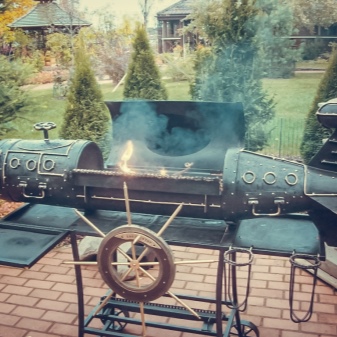

Where to locate?
The correct location of the barbecue ensures its comfortable use. The barbecue area in front of the garage or three meters from the toilet cubicle is hardly a good option.
In order for the place to be chosen successfully and correctly, you need to be guided by sanitary and building codes and the basics of landscape design.
However, landscape design is not always important. The brazier can be located on the street, in a recreation area, or at home. If it is located in the kitchen, in a bath complex, on a terrace or veranda, then you need to rely on the interior design and fire safety rules when choosing a place.

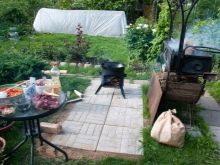
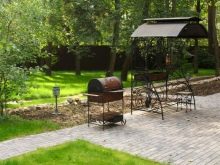
In the courtyard, there are two options for placing the barbecue: in the recreation area, separately from the gazebo, or under its roof as part of the structure.
Stone barbecues are usually placed inside the gazebo. They require constant protection from the negative effects of weather conditions and look more organic under a roof than under the open sky.
The barbecue inside the gazebo creates a cozy atmosphere. Ready meals can be served immediately in the dining area inside the same gazebo.
Metal structures can also be located inside the gazebo. Moreover, they do not have to be walled up in the foundation, like stone ones. The location can be changed over time.
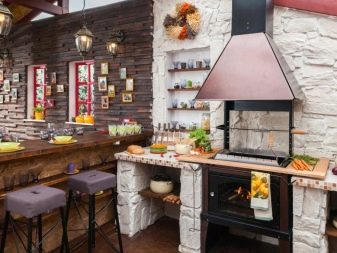
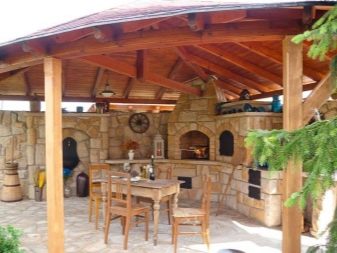
What is important to consider when choosing a place for a barbecue on the street:
- Distance to other objects on the site. According to building codes, a potentially dangerous structure should be located no closer than 3 meters from the house, but also no closer than 3 meters from the fence of a neighboring site.
- The relief of the soil should be more or less even, since it is necessary to fill the foundation for heavy structures.
- The distance to the toilet stall and cattle buildings should be 10-13 meters, no less.
- Direction of the wind. There is usually only one windy side on the site. It is advisable to install the brazier in a place where there is no strong wind so that the coals do not spread through the air. It is also worth making sure that the smoke is not carried towards the windows of the house.
- An open grill (not brick, without a roof) is forbidden to be installed under trees and bushes.
- A canopy over the gazebo is allowed from durable materials, but not from fabric and PVC. For example, you will have to say goodbye to a pergola gazebo (a roof in the form of a lattice, covered with a cloth).
On the street, they predominantly have solid fuel braziers on wood or coal. This option works great from mid-spring to the end of autumn, but in winter there is little pleasant barbecue waiting for three hours in the cold.
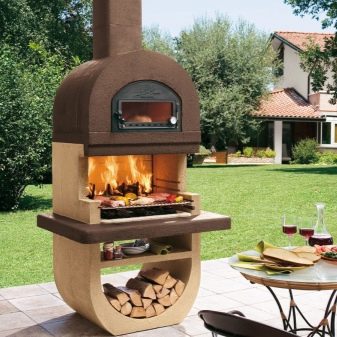
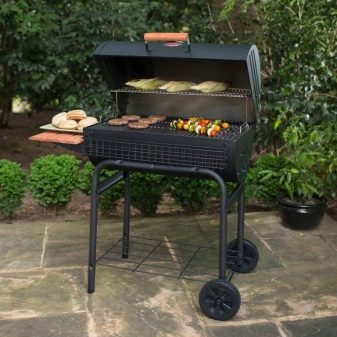
A convenient option for a private house or a year-round summer cottage is a home barbecue.
For a home, wood and coal options are not suitable. Its construction will be expensive, it will take a lot of time for laying. But even more time will be spent on paperwork - fire safety standards prohibit the use of open fire in a residential building. It is extremely difficult to obtain permission for a grill, fireplace and similar structures. Gas and electric options remain.
The electric has two weighty arguments against - dependence on the power grid (it will not work in case of power outages) and the high cost of operation.
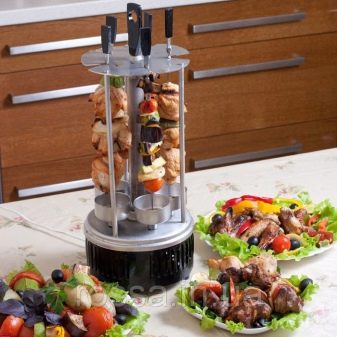
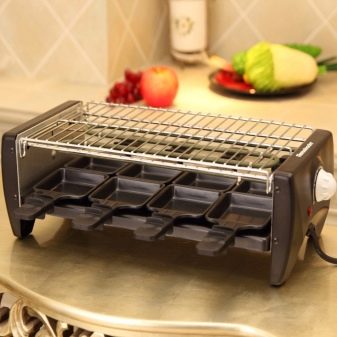
Gas in these relations wins. It works from a cylinder, therefore, it is independent of communications in the house, gas is cheap and the dimensions of such a device are unlimited. It can be a small barbecue for two, or a large professional setting for family and friends.
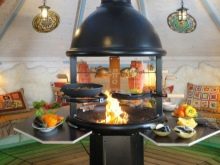
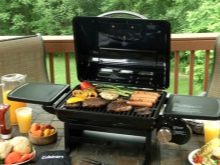
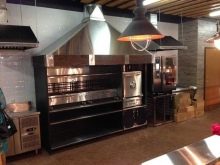
The location of the barbecue in the house is more variable.It can be freestanding, wall-mounted and angular.
The separate movable structure is very convenient. It can be positioned in the middle of the kitchen or closer to the wall, and moved if necessary. The only condition for such a barbecue is the availability of free space. In a small room, he runs the risk of being cumbersome.
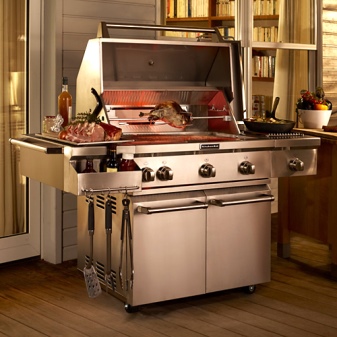

You also have to tinker with the wall-mounted model. First of all, you need to take care of fire safety and finish the wall with refractory and heat-resistant materials, and secondly, fix the structure well on the wall.
Corner barbecues are more like modern fireplace stoves. Their configuration helps to rationally use the small space of the kitchen and becomes an element of the design of the room.
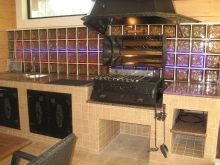
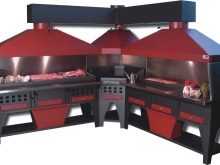
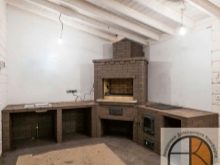
Operating tips
Operational problems are always the result of the wrong choice of material, model and location. To minimize troubles when using the barbecue, it is important to follow the recommendations of experienced owners already at the purchase stage.
Budget brands can be good, but this is rather the exception, and the rule is that quality always costs more. You need to pay attention to the reviews of the owners of factory products of different brands and choose based on them.
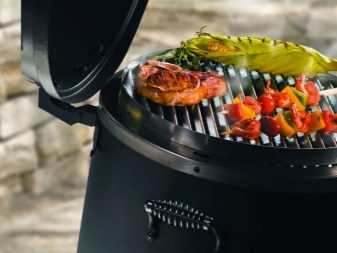

The dimensions of the burner are more important than the dimensions of the brazier. Choosing a brazier by the size of a metal casing is a mistake. Even if at first glance it seems that you can bake a whole Christmas pig in it, the main thing in the design is the burner. If it is small, then the entire impromptu oven will not warm up. The heat will be concentrated only in a small radius around the burner. The piglet will have to be put on a shashlik from small pieces.
Coated models make life much easier. At the very least, ceramic fiber can be washed several times better than metal.
For outdoor use, aluminum and copper products are best suited. They are more resistant to corrosion, although over time it will inevitably appear on any metal grill.

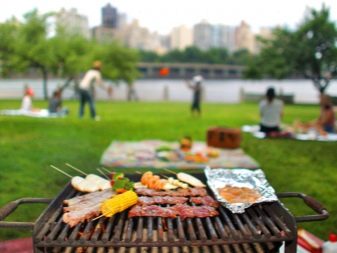
When using the barbecue, there are also some tricks:
- It is also possible to regulate the heat level in a charcoal grill, as in a gas one, although not with an accuracy of a degree. To "add heat", you need to stir up the coals from time to time, knocking down the ash and raking them into heaps. To reduce the temperature, the coals are spread over the bottom of the brazier and are not touched again until the dish is ready.
- To prevent food from sticking to the grill grate, it is customary to grease it with sunflower oil. Even beginners intuitively guess about this, but few people know that the effect will be better if the grate is pre-calcined.
When using this technique, care must be taken to wear a thermal protective glove and use a silicone brush to lubricate the grill.

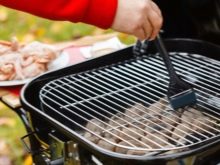
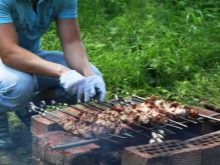
- If food pieces do stick to the grate or skewers, there are two effective ways to get rid of them. First you need to try to wash the grill with a brush while it is still hot. If this does not work, then the grate should be lowered over the fire and allowed to burn the rest of the food. When they turn to ash, washing them will be as easy as shelling pears, and the ash will also help wash the grate to a shine.
- If the choice fell on a gas or electric grill, in no case should you use "liquid smoke". This method will still not give the characteristic smell of meat cooked on birch charcoal, but it can easily spoil the dish. It is better to do with a good set of spices or an interesting marinade for meat.
- And to give the meat a spicy herbal aroma, you don't need to try to rub them into the meat itself - the herbs are sprinkled on the grill grate.

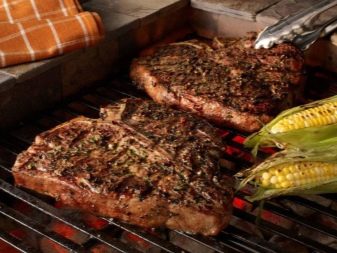
- Thick food foil can be substituted for special grill brushes. You just need to crumple it in your hand and use this lump as a tough washcloth.
- The grid for the grill is too large to cook vegetables on it and not suffer sweat, washing off the pieces of burnt skin. To prevent this from happening, you can use all the same foil.It needs to be laid on the bottom of the barbecue grate and poked well with a fork so that it turns into a kind of grate itself. Sprinkle with oil on top, and nothing sticks.

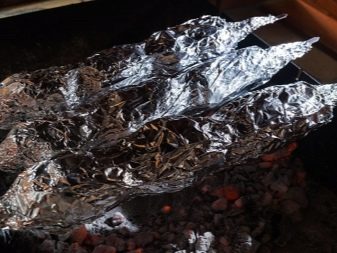
- The golden rule that can save you from many troubles: a fire extinguisher is purchased together with the barbecue as an integral part of the kit. It may not be useful, but it will be at hand.
- Another must-have item in a set with a barbecue is tongs to check the readiness of the meat. Not a fork or a knife. These devices make an incision in the meat and deprive it of juice. The readiness is checked, as well as the pieces are turned, only with tongs.
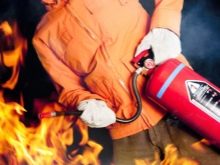

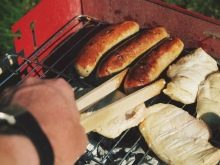
- If birch firewood or coal suddenly runs out, you can always replace them with branches of any fruit trees. They also burn well and do not give products an unpleasant rancid odor.
- Even a thick-walled brazier needs protection so that the service life does not decrease due to weather conditions and frequent exposure to high temperatures. Painting or bluing can extend the life of a metal structure.
When painting, only paint with a high degree of fire resistance is used. Bluing will give a more lasting effect. After it, a dense film of iron oxides forms on the walls of the brazier. It will not become an obstacle during cooking, but it will protect the grill from rust for a long time.
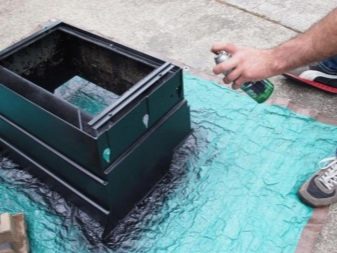
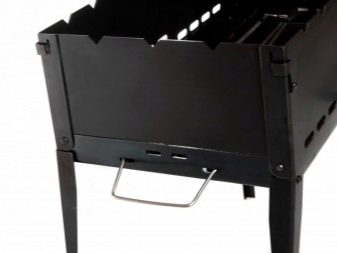
Beautiful examples
You can make the grill beautiful in different ways: choose an unusual shape, color, decor or material of manufacture.
Any form of a brazier other than a rectangular one can become an unusual shape for a barbecue. Recently, round, bowl-shaped, minimalist square braziers are gaining popularity. Often you can find a model that does not have the blank walls of the brazier. They are replaced by beautiful forging in the form of weaving, climbing plants, abstract patterns.
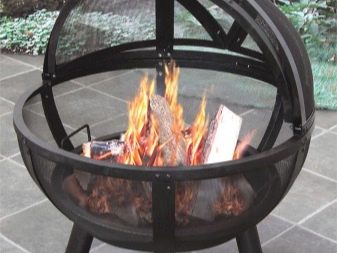
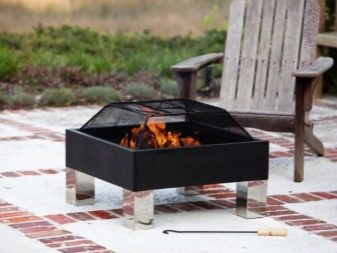
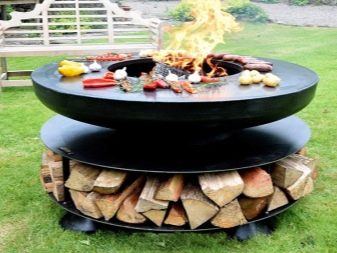
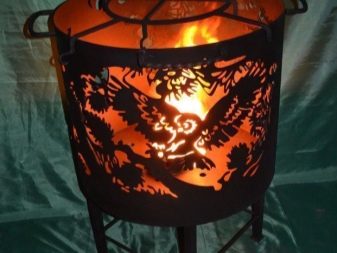
Braziers in the form of objects or animals should be noted separately. A suitcase forged from steel, a car, a fawn or a pig, on which a grill rack or skewers is placed, will definitely not be overlooked.
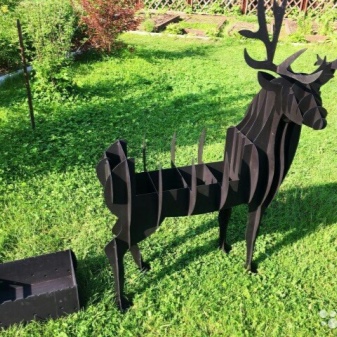

Colored barbecues are rare. If brick, then red, if metal, then black. Meanwhile, there are a large number of refractory paints on sale, and they are all presented in different shades: red, green, blue, yellow, emerald, and further along the color spectrum.
You can decorate the brazier with contrasting elements. For example, on a blued brazier of a laconic shape, white, silver and gold colors will stand out brightly. The decor can be voluminous and flat.
Unusual material is a space for those who like to give old things a new incarnation. The main thing is to choose the right item for alteration so that it turns out to be a safe and effective barbecue. For this purpose, all metal objects are suitable: empty barrels, small stainless steel baths, an empty gas cylinder, a drum from a washing machine and even a case from a system unit.

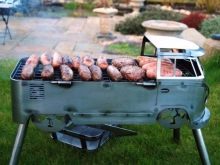
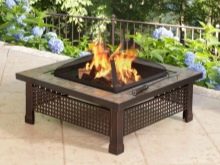
You will learn the secrets of cooking delicious barbecue on the grill from the following video.





























































The comment was sent successfully.